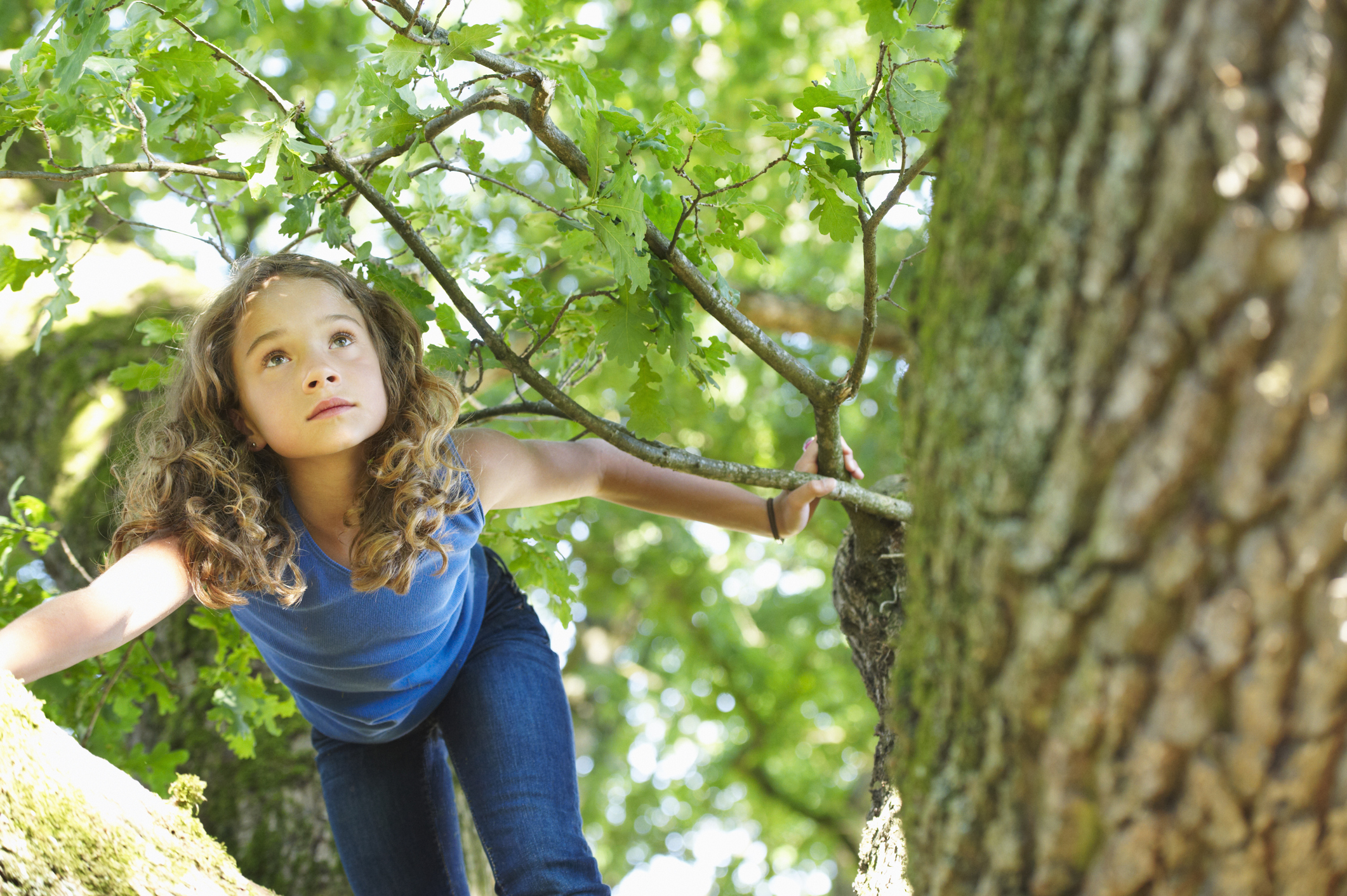New York City in the winter, especially with a small child in tow, is rough. Even though we’re lucky enough to live near Brooklyn’s Sunset Park, when it’s too cold or icy for her to run wild through the trees, our 3-year-old daughter Marty isn’t quite herself. Even if we take her to an indoor playground, which she also loves, there’s a subtle dimness in her eyes, like her day wasn’t fully lived.
New research might explain why. Researchers from the Aarhus University in Denmark charted the existence of green spaces surrounding the childhood homes of nearly one million Danes from a data set that spans from 1985 to 2013. They found that kids who grew up in green environments had a 55 percent less risk of developing a mental disorder later in life. That result still stands after adjusting for things like socioeconomic status and a family history of mental disorders.
Lead author of the study Kristine Engemann Jensen, Ph.D., tells Thrive Global that green spaces heal and restore us “and can mitigate the negative effects of living in socially dense, noisy cities that heighten stress.” She also points out that greenery decreases air pollution, and encourages social harmony and physical activity.
To help our children maximize the benefits of mother nature, especially if we don’t live in places with ample green space, Jensen offers her top four tips:
Look for green anywhere you can find it
If your neighborhood suffers from a dearth of parks and other green-centric surroundings, Jensen encourages you to hop in a car (or subway) and head to the leafy part of town, even if it’s just to walk around. “Choose a residential area with high amounts of green space,” she says.
Go to the sea
Jensen suggests seeking “blue spaces” which have as many (if not more) benefits as green ones. That includes “aquatic environments such as rivers and beaches,” she says. If you live near an aquarium, as do we, head there regularly for the calming and restorative effects.
Greenify your home
Animals and house plants have also been linked to mental health benefits, she says. Even if you can’t have a pet, invest in a plant wall or a plant in every room as a small, easy way to bring nature into your home. (Succulents are particularly sturdy and fairly easy to take care of.)
Seek the sights and sounds of nature
“Even watching and listening to nature films and sounds has been found to be beneficial,” Jensen says. So settle in for a family screening of Planet Earth or Blue Planet II.
While I don’t imagine a plant will satisfy Marty’s longing to roam freely in the park, I’ll try a mix of Jensen’s recommendations to offset her gloomy mood next time we’re stuck indoors.
Follow us here and subscribe here for all the latest news on how you can keep Thriving.
Stay up to date or catch-up on all our podcasts with Arianna Huffington here.


